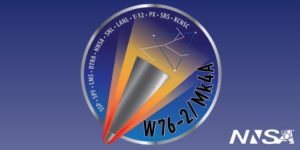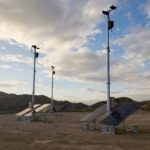
The latest wave of opposition to the lower-yield W76-2 warhead the Navy deployed last year crested Wednesday, when five Senators asked Secretary of Defense Mark Esper what the Pentagon might use the weapon for, and which civilian nuclear work had to be postponed to build it. The five senators, four Democrats and an independent who caucuses with Demcorats, posted their letter to Esper online Wednesday afternoon. Sen. Dianne Feinstein (D-Calif.), lead signee on the letter, was joined by: Sen. Patrick…

 By
By 









